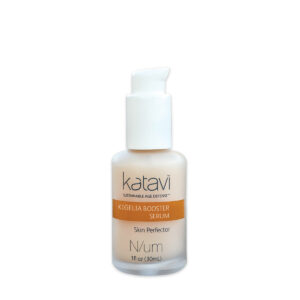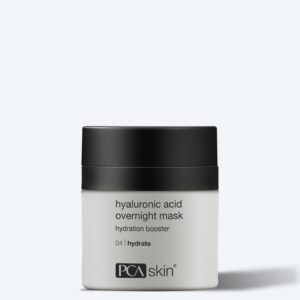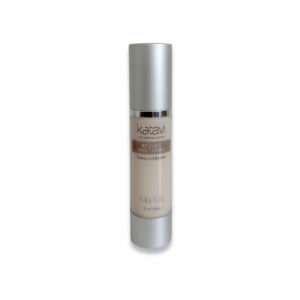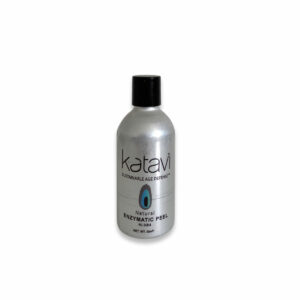Perimenopause, the transitional phase leading up to menopause, is characterized by fluctuating hormone levels and a myriad of symptoms that can significantly impact a woman’s quality of life. Estrogen and progesterone, two key hormones that regulate the menstrual cycle and support reproductive health, play pivotal roles in perimenopausal symptomatology. Understanding the interplay between estrogen and progesterone and their role in symptom relief is essential for women navigating this challenging phase of life. In this comprehensive guide, we’ll explore the science behind estrogen and progesterone therapy for perimenopause symptom relief, empowering women to make informed decisions about their health and well-being.
Decoding Perimenopause: Understanding the Hormonal Shifts
Perimenopause typically begins in a woman’s late 30s to early 40s and can last anywhere from a few months to several years before culminating in menopause—the cessation of menstruation for twelve consecutive months. During perimenopause, ovarian function gradually declines, leading to erratic fluctuations in estrogen and progesterone levels. These hormonal shifts can manifest in a variety of symptoms, including irregular periods, hot flashes, night sweats, mood swings, and vaginal dryness. While perimenopause is a natural and inevitable stage of life, the symptoms it brings can be challenging to manage without intervention.
- Perimenopause is the transitional phase leading up to menopause, characterized by fluctuating hormone levels.
- Hormonal shifts during perimenopause can lead to symptoms such as irregular periods, hot flashes, and mood swings.
- Managing perimenopausal symptoms may require intervention to alleviate discomfort and improve quality of life.
The Role of Estrogen in Perimenopause Symptom Management
Estrogen plays a central role in perimenopausal symptomatology, exerting a wide range of effects on the body’s physiological processes. As estrogen levels decline during perimenopause, women may experience a cascade of symptoms related to hormonal imbalance. Hot flashes, one of the hallmark symptoms of perimenopause, are believed to be triggered by fluctuations in estrogen levels, which disrupt the body’s thermoregulatory mechanisms. Estrogen therapy can help alleviate hot flashes by stabilizing hormone levels and restoring the body’s internal thermostat to a more balanced state. Additionally, estrogen supports vaginal health by maintaining lubrication and elasticity, addressing symptoms of vaginal dryness and discomfort commonly experienced during perimenopause.
- Estrogen therapy can alleviate hot flashes by stabilizing hormone levels.
- Estrogen supports vaginal health by maintaining lubrication and elasticity.
- Estrogen therapy may help improve quality of life for women experiencing perimenopausal symptoms.
Progesterone’s Role in Hormonal Balance
While estrogen often takes center stage in discussions about perimenopause, progesterone also plays a crucial role in maintaining hormonal balance and mitigating symptoms. Progesterone works in tandem with estrogen to regulate the menstrual cycle and support reproductive function. During perimenopause, fluctuations in progesterone levels can contribute to irregular periods and exacerbate symptoms such as mood swings and insomnia. Progesterone therapy, when combined with estrogen, can help rebalance hormone levels and alleviate these symptoms. Additionally, progesterone has a calming effect on the central nervous system, promoting relaxation and sleep—a benefit that can be particularly valuable for women experiencing perimenopausal anxiety or insomnia.
- Progesterone regulates the menstrual cycle and supports reproductive function.
- Fluctuations in progesterone levels during perimenopause can contribute to irregular periods and mood disturbances.
- Progesterone therapy, in combination with estrogen, can help rebalance hormone levels and alleviate symptoms.
Customizing Hormone Therapy for Individual Needs
One of the strengths of estrogen and progesterone therapy lies in its ability to be tailored to individual needs and preferences. Hormone replacement therapy (HRT) can be administered in various forms, including oral tablets, transdermal patches, creams, and vaginal suppositories, allowing women to choose the delivery method that best suits their lifestyle and medical history. Bioidentical hormones, which closely mimic the molecular structure of hormones naturally produced by the body, offer a personalized approach to hormone therapy that may result in fewer side effects and improved symptom relief. Working closely with a healthcare provider, women can navigate the complexities of hormone therapy and make informed decisions about their treatment plan.
- Hormone replacement therapy can be tailored to individual needs and preferences.
- HRT is available in various forms, including oral tablets, patches, creams, and vaginal suppositories.
- Bioidentical hormones offer a personalized approach to hormone therapy with potentially fewer side effects.
Considerations and Precautions
While estrogen and progesterone therapy can offer significant relief for perimenopausal symptoms, it’s essential to consider potential risks and contraindications before initiating treatment. Women with a history of certain medical conditions, such as breast cancer, blood clots, or cardiovascular disease, may not be suitable candidates for hormone therapy due to increased health risks. Additionally, regular monitoring and evaluation by a healthcare provider are essential to ensure the safety and efficacy of hormone therapy. By weighing the benefits against the risks and individualizing treatment plans, women can make informed decisions about managing perimenopausal symptoms and optimizing their quality of life.
- Potential risks and contraindications should be considered before initiating hormone therapy.
- Regular monitoring by a healthcare provider is essential to ensure the safety and efficacy of hormone therapy.
- Women should work closely with their healthcare provider to individualize treatment plans and optimize symptom management.
Finding Relief: Estrogen and Progesterone Therapy for Perimenopause Symptoms – snippet
Explore the science behind estrogen and progesterone therapy for perimenopause symptom relief. Learn how these hormones work synergistically to alleviate hot flashes, mood swings, and other common perimenopausal symptoms, empowering women to reclaim control of their health and well-being.
Related items..
-
Men’s Health Test
$179.00 -
N/um – Kigelia Booster Serum
$46.00 -
PCA Skin Hyaluronic Acid Overnight Mask
$79.00 -
AnteAGE® Eye (15ml)
$105.00 -
AnteAGE® Overnight Brows Serum 3.5ml
$75.00 -
PCA Skin ExLinea® Peptide Smoothing Serum
$120.00 -
Katavi Moisturizing Day Cream
$43.00 -
Katavi Tula Tula – Intensive Night Care
$43.00 -
Katavi Hluba – Enzymatic Peel
$30.00 -
Katavi Miracle Hydration Oil
$40.00
Sign Up for Monthly Newsletter to Learn & Save
Stay current on promotions, discounts and sales.
Get Your Learn On
























